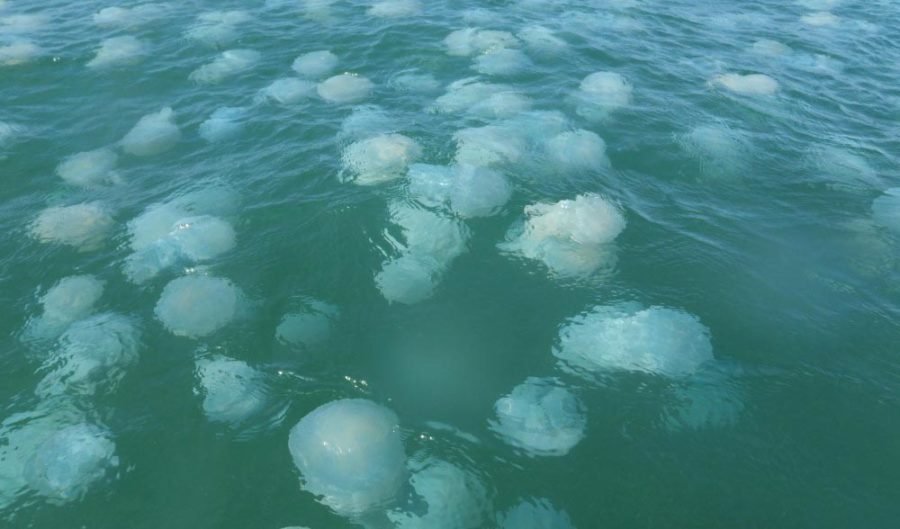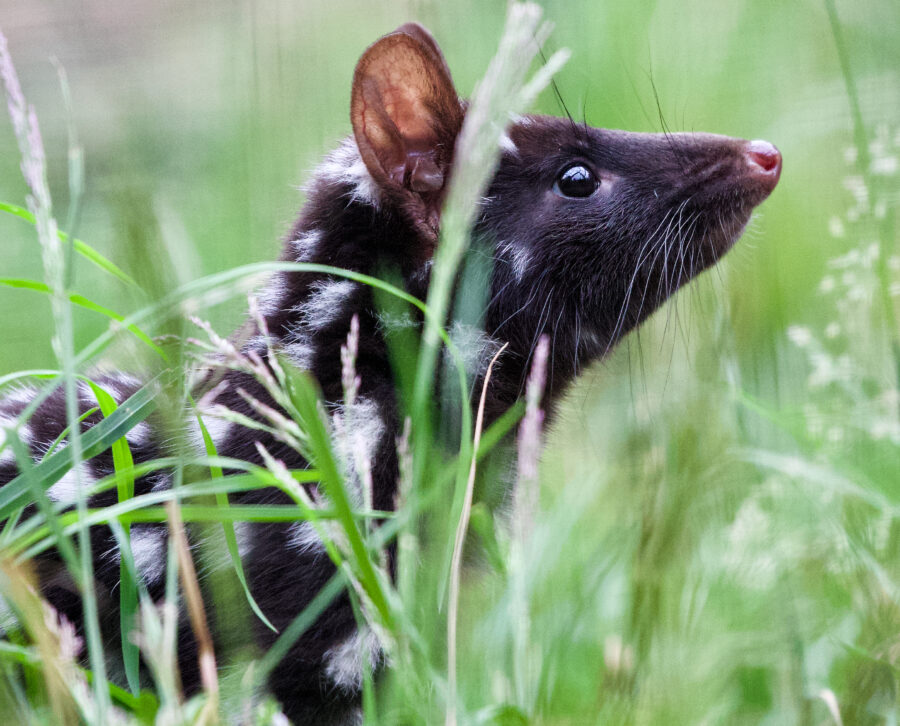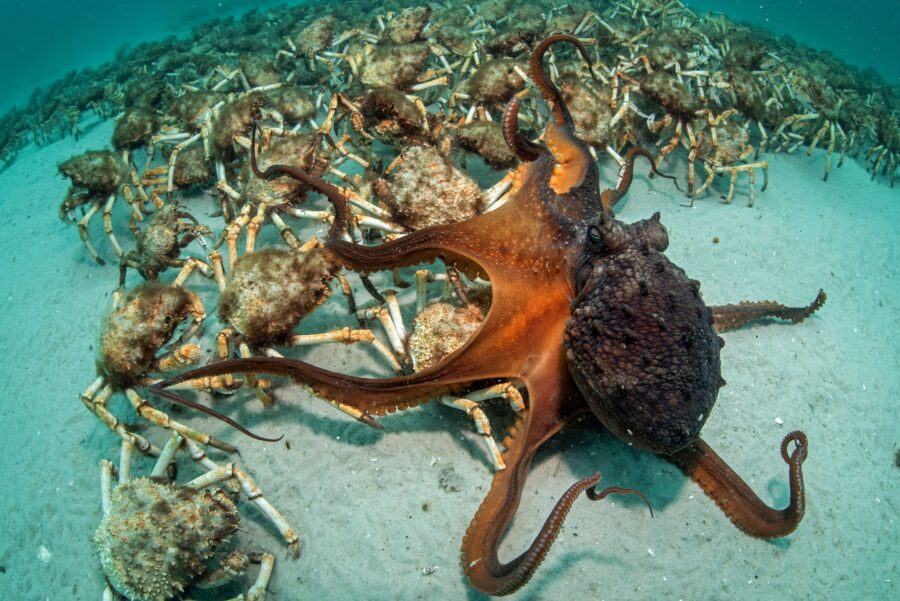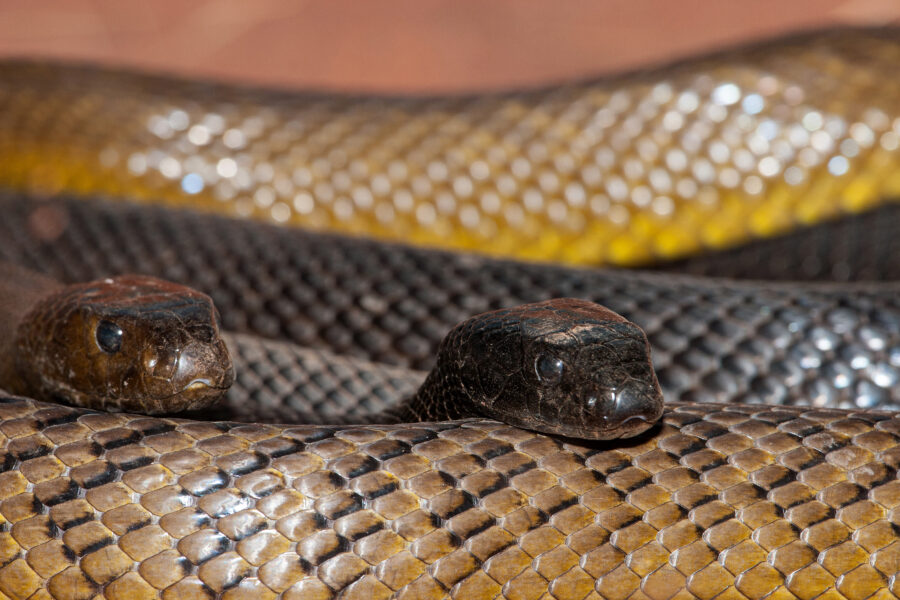Box jellyfish are the Swiss Army knives of the ocean

Bec Crew
Bec Crew
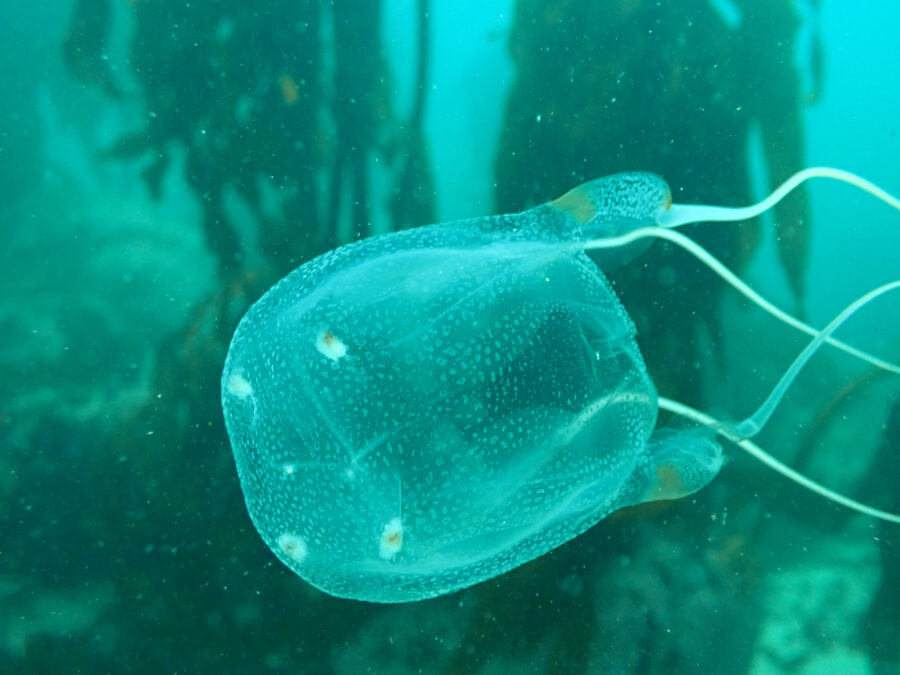
Take the kākāpō, for example – an iconic parrot from New Zealand. Not only are they flightless, fearless and defenceless, but they also have weirdly complicated rules around reproduction. If you looked into the kākāpō’s bag of tools, you’d find nothing but a piece of gum and some tumbleweed.

The Australian box jellyfish (Chironex fleckeri), on the other hand, is like a floating utility belt. These creatures wield all manner of things that they can hunt and protect themselves with. Transparent, practically invisible body? Check. Lethal venom? Check. Super speed and 24 eyes? Check, check.
Found in the tropical waters of northern Australia, C. fleckeri is one of the roughly 50 known species of box jellyfish in the world. Its box, or bell, typically grows to about 16cm (but sometimes much larger), and from each corner hangs a cluster of 15 tentacles that can stretch up to 3m long.
Each of these 60 tentacles are equipped with millions of microscopic harpoons laced with one of the most potent venoms on the planet. One sting, and its prey – small fish and crustaceans – is immediately incapacitated.
The Australian box jellyfish stands out among many other jellies because instead of passively drifting with the currents, hoping for a chance encounter with food, it actively hunts down its prey with terrifying precision. Scanning its surroundings with 24 eyes, it will catch sight of prey nearby and pursue it relentlessly, using a pulse-like motion to propel itself forward at bursts of nearly 2m per second.
The fact that these jellies hunt by day means they’re particularly (albeit unwittingly) dangerous to humans. They’re even considered worse than the dreaded Irukandji jellyfish, due to how quickly their venom works.


While an Irukandji sting can cause excruciating pain and other symptoms over a long period, C. fleckeri’s venom can kill a human in minutes due to cardiac arrest if left untreated. Around 70 deaths have been reported in Australia alone, and children are particularly vulnerable.
But box jellies aren’t invincible. Sea turtles in particular love eating them, and can do so without much of a worry, because their thick skin and shells are impenetrable for the jellies’ venom.
Which is yet another reason why sea turtles are the good guys of the ocean.
